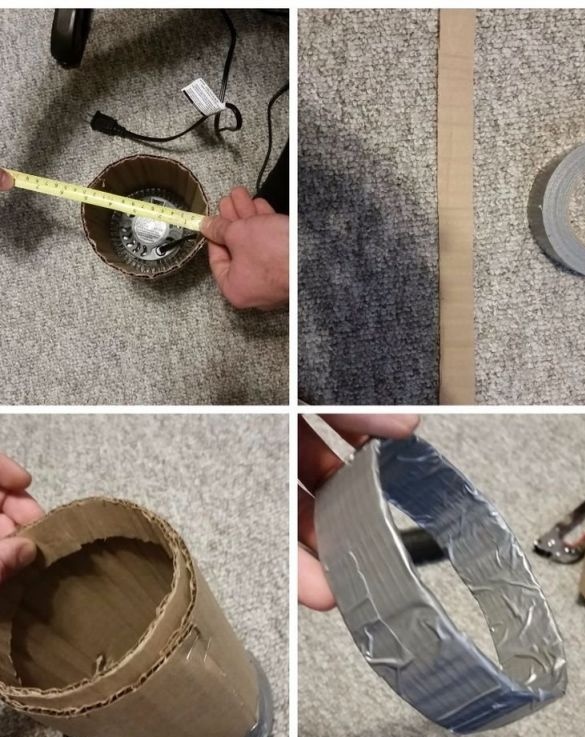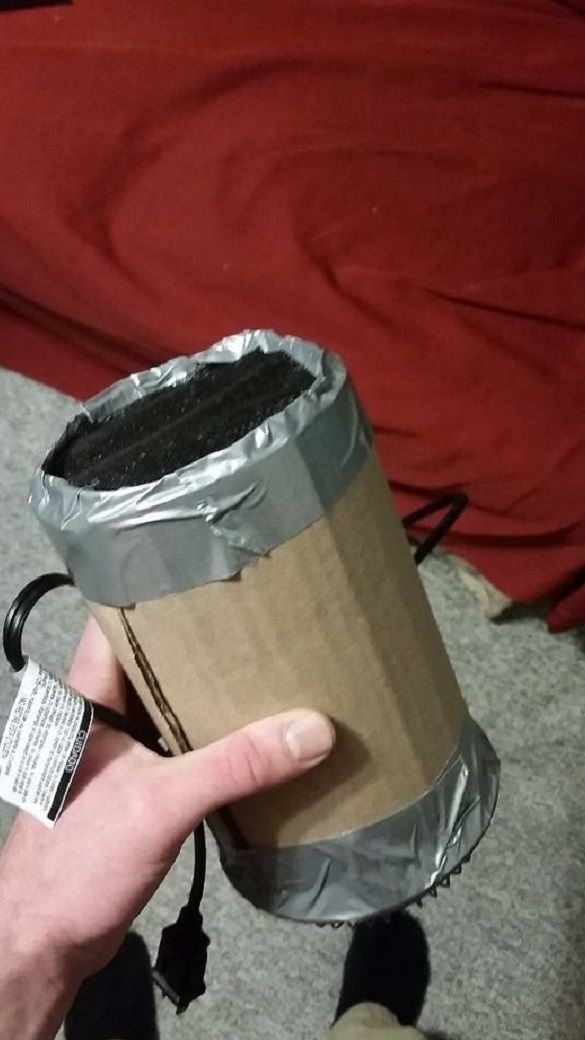
When ventilating a room, unwanted particles also enter the room with air. Dust, allergens, unpleasant odors penetrate open windows. How to ventilate a room without dust penetration, the author came up with homemade. The carbon-filled filter does an excellent job. Coal is a good adsorbent.
To make the filter, the author needed the following tools and materials: scissors, stapler, centimeter, fan, activated carbon, cardboard, scotch tape, mesh.
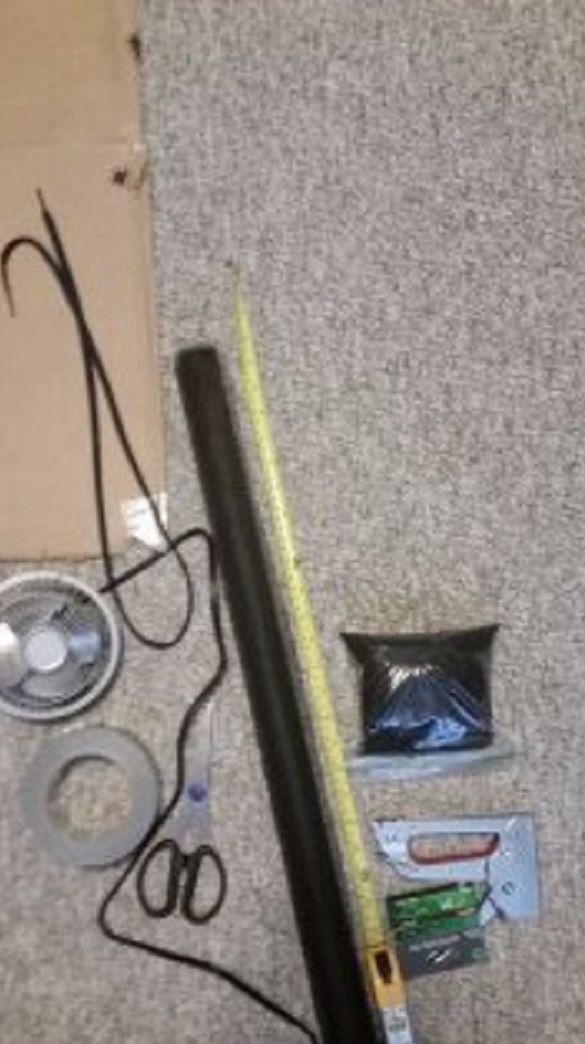
The power and size of the fan (and, accordingly, the filter) is selected based on the volume of the room. As a filler, the author uses activated carbon used in filters sold in stores. Since coal is damaged during transportation, it must be washed with dust and dried.
First, the author makes a rectangle out of cardboard. The width of the rectangle is equal to the diameter of the fan plus 0.5 cm. The length will be equal to the thickness of the fan (with a protective net) multiplied by three. Noting the size obtained on the cardboard, cuts out the rectangle. From a rectangle, the author twists a cylinder. It is convenient to bend cardboard along vertical guides.
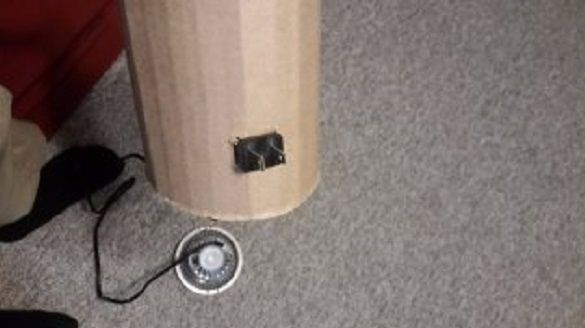
After that, the author makes a marking for the fan wire. Cutting out a window under the wire, inserts a fan into the cylinder. The junction of the fan and cylinder is securely fixed with tape. By turning on the device in the network, it checks that the fan sucks air from the cylinder, and does not drive it there.
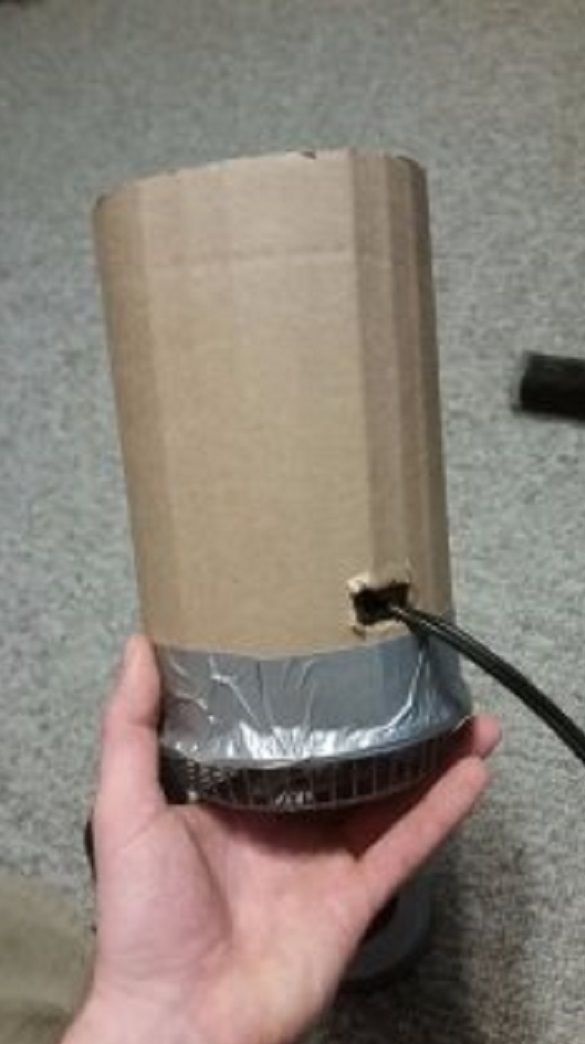
The author made a cartridge for the filter from cardboard and a fine mesh. The author cuts a strip of cardboard. The size of the strip is equal to the size of the cylinder diameter multiplied by 3.14. The width of the strip is 3-4 cm. Glues the strip in the form of a ring and glues it with duct tape.
Then attaches the grid. If the grid is large, you can fold it in 2-3 layers. The grid is attached on both sides with a stapler, and one side does not completely cover.
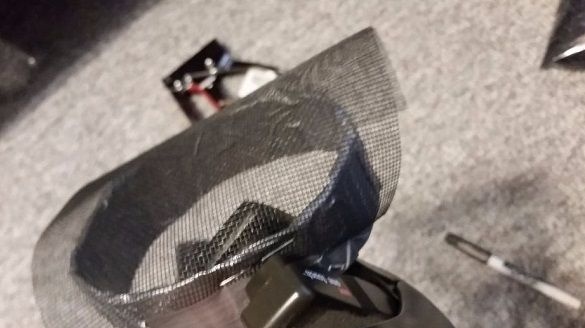
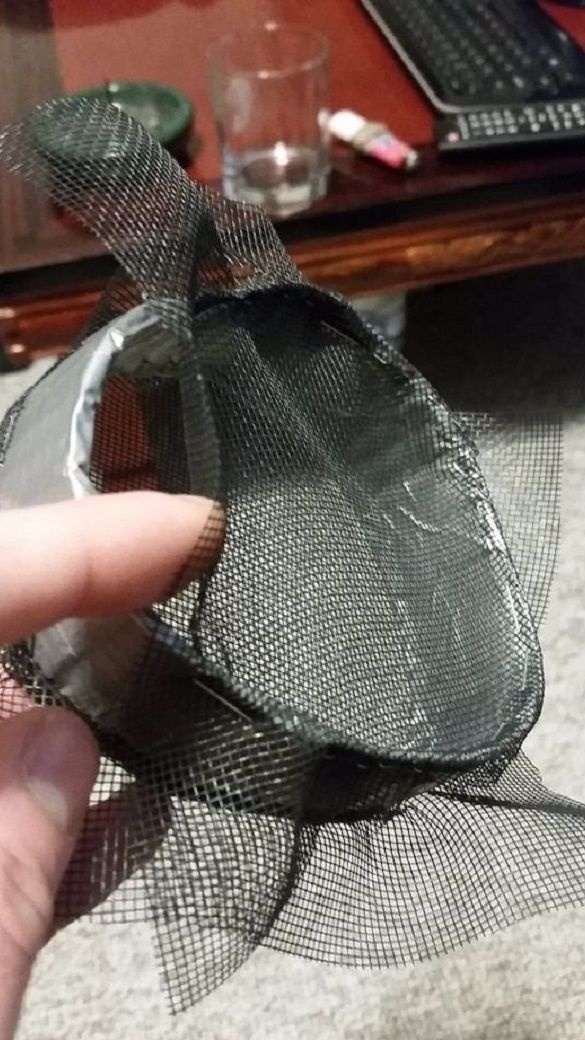
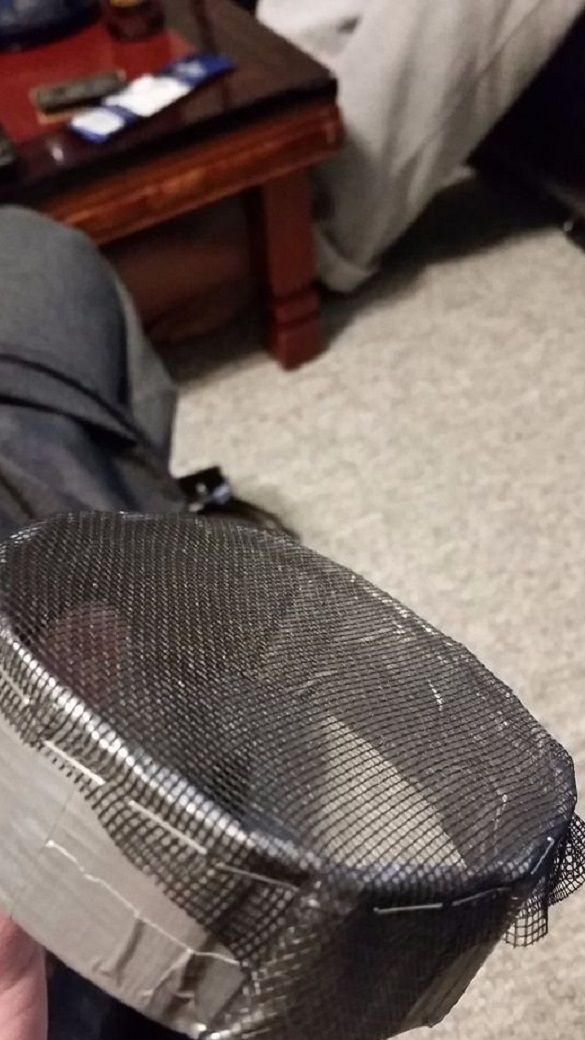
Activated carbon is poured into the filter through a paper funnel.
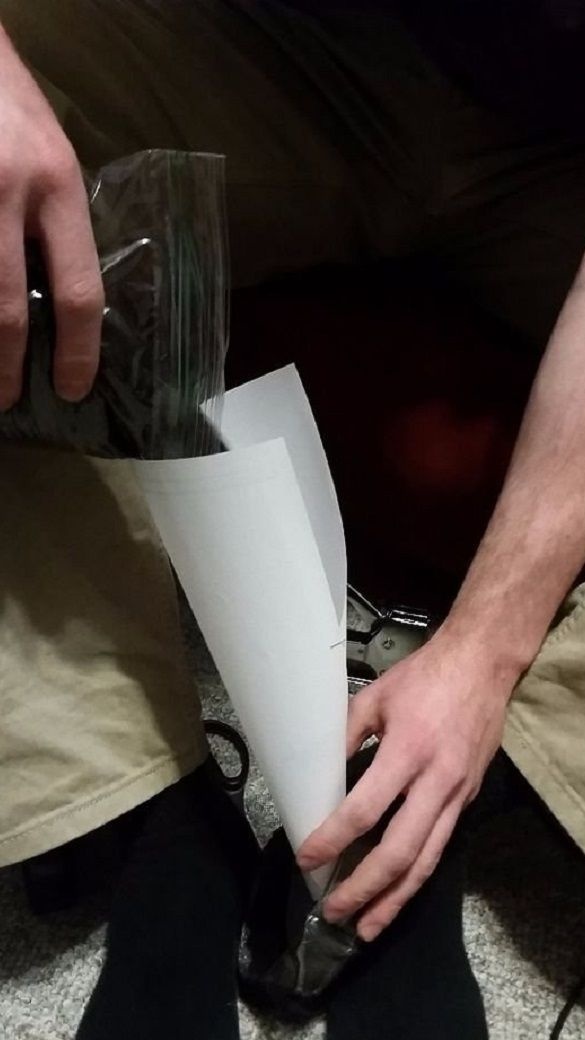
Mesh the gap left.
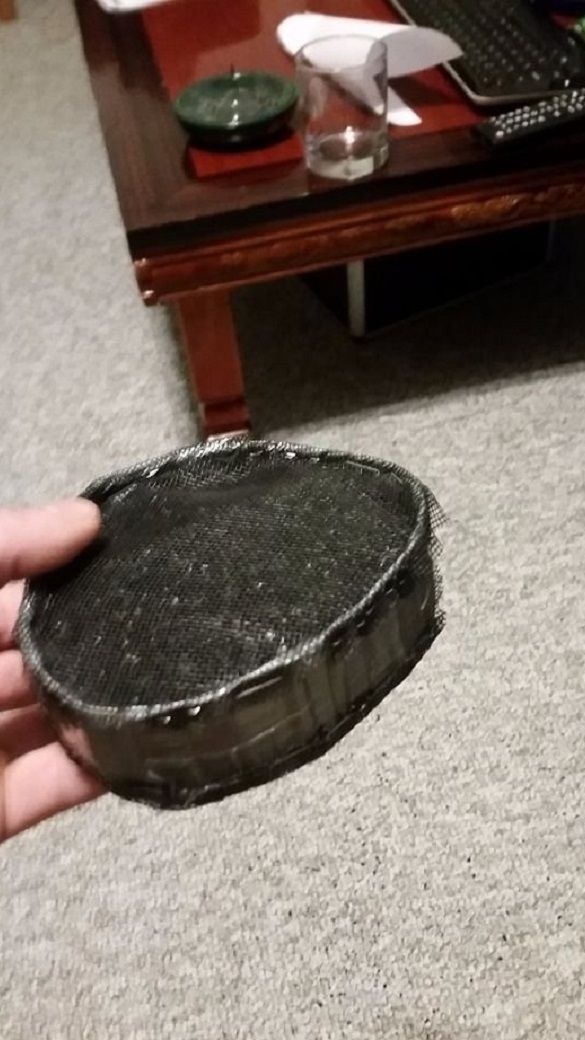
It installs a filter in the cylinder and securely fixes the joint with adhesive tape.
By installing the resulting device in the ventilation hatch, and connecting to the mains, you can enjoy clean air. As the author of the homemade assures, the filter lasts about six months. At the end of the service life, it is necessary to make a new cartridge or replace the activated carbon in the used one.

